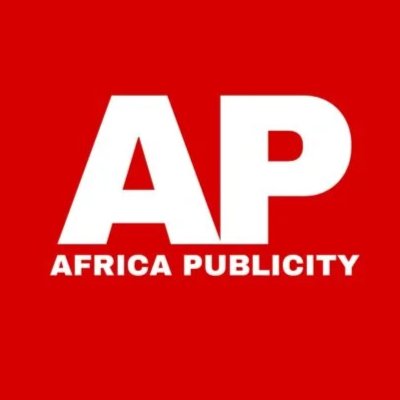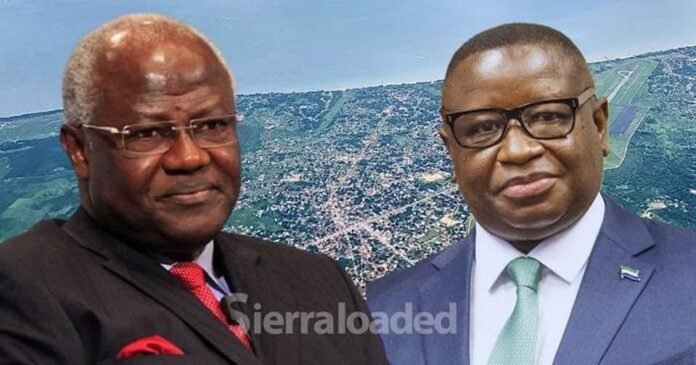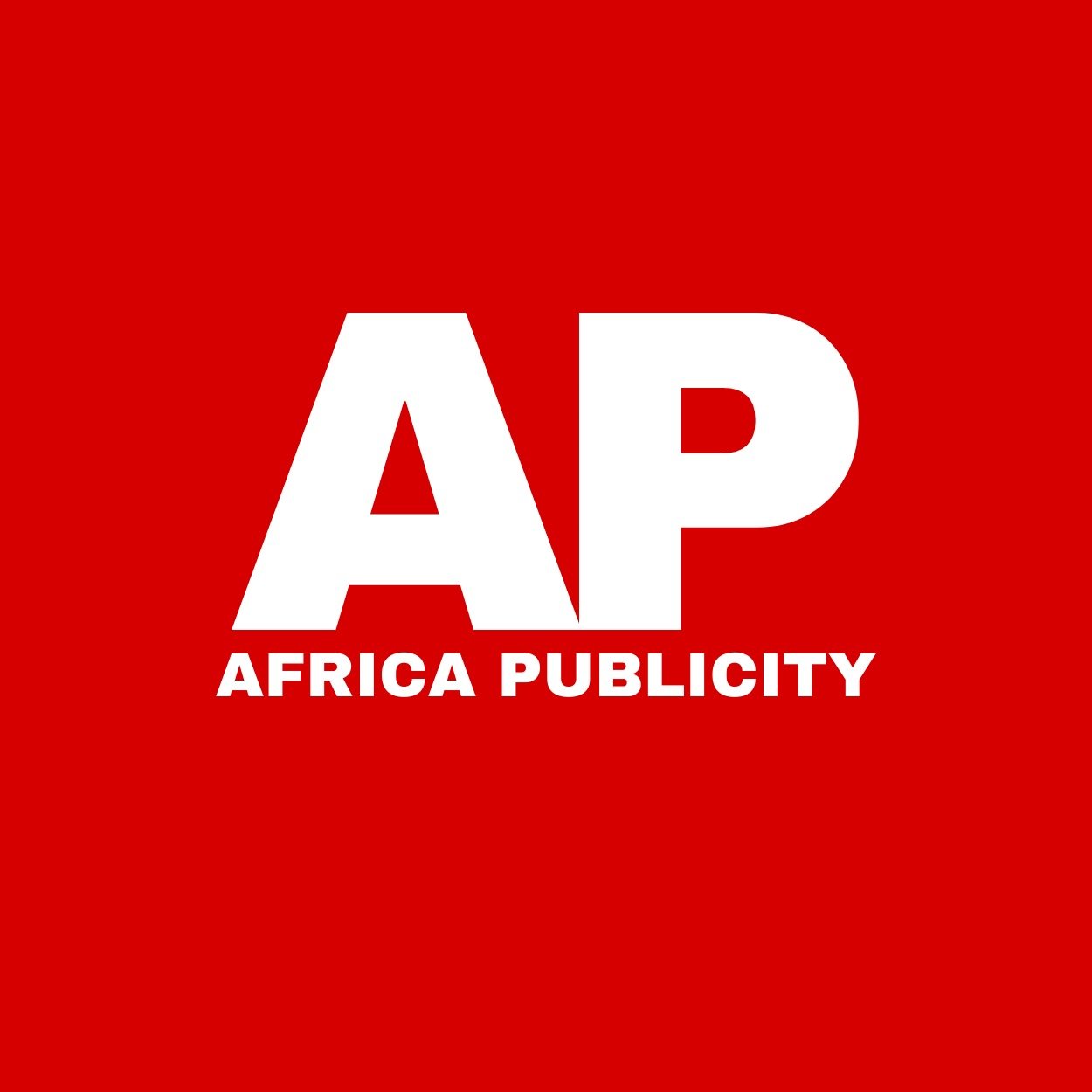By Mahmud Tim Kargbo
The authority to remove executive officers in Sierra Leone occupies a central position in the nation’s constitutional, administrative, and political architecture. Rooted in the 1991 Constitution, historically shaped by alternating phases of military and civilian centralisation, and morally illuminated by the Truth and Reconciliation Commission (TRC) Report of 2004, the power of removal has long served both as a mechanism for effective governance and a potential instrument of political overreach (http//: www.sierraleonetrc.org; http//: www.sierra-leoneconstitution.gov.sl).
This article examines the nature, limits, and implications of removal authority through historical precedents and the administrations of Ernest Bai Koroma (2007 to 2018) and Julius Maada Bio (2018 to the present). It explores how legal authority, political culture, and ethical responsibility converge in Sierra Leone’s executive governance, while assessing institutional responses and civic participation in shaping accountability.
I. Historical Foundations of Executive Authority
Sierra Leone’s post-independence trajectory reveals a persistent tension between military centralisation and civilian governance. Under Siaka Stevens (1968 to 1985), presidential authority expanded considerably, allowing arbitrary removals of ministers, governors, and public officials. The TRC later observed that this concentration of power prioritised loyalty over competence, thereby weakening public institutions (http//: www.sierraleonetrc.org).
Between 1967 and 1992, successive military regimes, particularly the National Provisional Ruling Council (NPRC), entrenched discretionary removal power within a small military hierarchy. This legacy normalised arbitrary dismissals and established a political culture in which executive authority faced minimal scrutiny.
The 1991 Constitution attempted to redress these imbalances by outlining specific rules for appointments and removals, especially within the judiciary, the civil service, and independent commissions (http//: www.sierra-leoneconstitution.gov.sl). Yet, in practice, political culture and limited oversight mechanisms have often influenced the use of removal power more than the constitutional text itself.
II. The Koroma Presidency: Between Legal Formality and Political Realities
President Ernest Bai Koroma inherited a governance system marked by constitutional authority coexisting with entrenched discretionary habits. His administration generally demonstrated caution, yet certain high-profile dismissals tested the limits of constitutional interpretation.
• The removal of Vice-President Samuel Sam-Sumana in 2015, following his expulsion from the All People’s Congress (APC), raised critical constitutional questions about the role of party affiliation in holding executive office (http//: www.sierralii.gov.sl/sl/judgment/slsc/2015/1217).
• Dismissals within public corporations and commissions were publicly justified as efficiency measures but were widely perceived as politically influenced (http//: www.auditservice.gov.sl).
While his administration did not overtly interfere with the judiciary, questions persisted regarding the independence of key judicial and oversight bodies, particularly in politically sensitive cases, revealing the enduring influence of party politics within executive authority (http//: www.state.gov/reports/2017-country-reports-on-human-rights-practices/sierra-leone/).
III. The Bio Presidency: Reformist Governance and Active Enforcement
President Julius Maada Bio has adopted a more assertive and reform-driven approach to removal power.
• Regular cabinet reshuffles and the redeployment of senior civil servants have been presented as means to align governance with policy priorities (http//: www.statehouse.gov.sl).
• Targeted suspensions and dismissals within oversight institutions, including the Anti-Corruption Commission, have been justified as part of efforts to enforce accountability (http//: www.auditservice.gov.sl).
President Bio frequently cites Article 40 of the 1991 Constitution, which requires the President to ensure the faithful execution of the laws, as the constitutional basis for such actions (http//: www.sierra-leoneconstitution.gov.sl). However, frequent removals, even when legally grounded, risk being perceived as excessive, revealing the challenge of balancing reformist intent with public confidence.
IV. Institutional Silence and the Fragility of Accountability
The credibility of removal power depends on effective institutional checks and civic engagement. Sierra Leone’s experience demonstrates that weak parliamentary oversight, cautious judicial intervention, and limited independence of commissions can unintentionally entrench executive discretion.
• Parliament’s limited involvement in executive removals has reinforced a culture of legislative passivity (http//: www.parliament.gov.sl/constitution-of-sierra-leone.html).
• The judiciary tends to adopt a procedural rather than substantive review, as seen in the Sam-Sumana case (2015) (http//: www.sierra-lee.gov.sl/judgment/slsc/2015/1217).
• Independent institutions such as the Auditor-General’s Office and the Anti-Corruption Commission have occasionally faced indirect executive pressure (http//: www.auditservice.gov.sl)
The TRC’s findings warned that unchecked discretionary authority undermines institutional independence and public trust (http//: www.sierraleonetrc.org).
V. Civic Responsibility and Ethical Governance
The TRC stressed that legal authority must be exercised with moral restraint. Three ethical principles are central to this understanding:
• Proportionality: Removals must correspond to the gravity of the alleged misconduct.
• Transparency: Decisions should be clearly communicated to sustain public trust.
• Consistency: Rules must apply uniformly to prevent politicisation.
Afrobarometer data indicate that Sierra Leoneans generally support dismissals of underperforming or corrupt officials, provided the process is fair and transparent (http//: www.afrobarometer.org). Civic awareness, media vigilance, and parliamentary engagement therefore play crucial roles in ensuring that removal authority serves the national interest.
VI. Comparative Constitutional Insights
A comparative analysis with other African and Commonwealth jurisdictions reveals instructive models for Sierra Leone.
• In Ghana, presidential removals are subject to parliamentary approval, reinforcing transparency and accountability (http//: www.ghana.gov.gh).
• In Kenya, removals are open to judicial review to ensure compliance with constitutional and ethical standards (http//: www.kenyalaw.org).
• Across the Commonwealth, removal powers are typically structured to include procedural safeguards and public accountability (http//: www.commonwealth.org).
These comparative practices highlight the potential benefits of strengthening oversight and procedural fairness without undermining executive efficiency.
VII. Balancing Authority, Accountability, and Trust
The comparative and domestic perspectives yield several key conclusions:
The 1991 Constitution grants the President substantial authority over appointments and removals, particularly within the civil service and executive offices.
Institutional checks through Parliament, the judiciary, and independent commissions remain vital but are often underutilised.
Ethical standards, as underscored by the TRC, demand proportionality, transparency, and fairness.
Civic participation through the media and civil society enhances accountability and reinforces public confidence.
The contrasting approaches of Presidents Koroma and Bio, cautious constitutionalism versus proactive reform, illustrate that legitimacy ultimately depends not only on legality but also on ethical and procedural integrity (http//: www.sierraleonetrc.org; http//: www.auditservice.gov.sl)
VIII. Forward-Looking Recommendations
To align removal authority with democratic governance and the principles of the Sierra Leone Constitution, the following reforms are recommended:
Codify clear procedures for all categories of removal to ensure predictability and fairness.
Strengthen parliamentary oversight by requiring formal reporting or justification for executive dismissals.
Broaden judicial review to encompass both procedural and substantive aspects of contested removals.
Bolster the autonomy of oversight institutions to safeguard against executive influence.
Foster civic literacy and media transparency to promote informed public scrutiny.
Institutionalise ethical guidelines reflecting TRC values of accountability and consistency.
Such reforms would transform removal authority into a principled instrument of governance, ensuring its exercise supports rather than undermines constitutional democracy.
The Sierra Leonean presidency, shaped by decades of centralisation and evolving constitutional practice, wields substantial removal power. The experiences of the Koroma and Bio administrations reveal that this authority can either strengthen governance or erode institutional credibility, depending on its exercise.
The TRC’s recommendations, the findings of the Audit Service, and comparative constitutional practice converge on one essential truth: the legitimacy of executive power rests upon transparency, accountability, and moral restraint.
Ultimately, removal authority is not merely a legal right but a civic duty. When exercised judiciously and within the confines of constitutional and ethical norms, it reinforces public trust and deepens democratic culture (http//: www.sierraleonetrc.org; http//: www.auditservice.gov.sl; http//: www.sierra-leoneconstitution.gov.sl).
By harmonising authority with accountability, the presidency can uphold constitutional duty and national integrity, ensuring that the power to remove serves the Republic, the Constitution, and the people.








